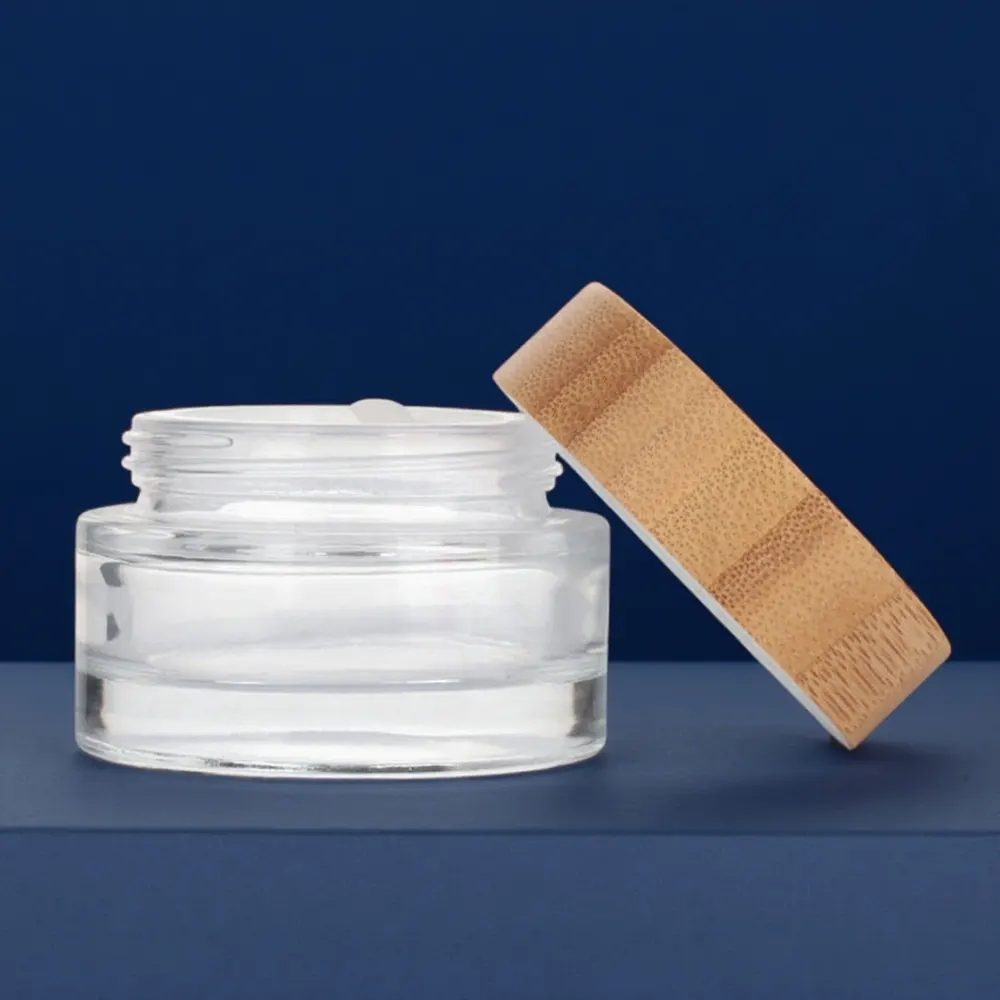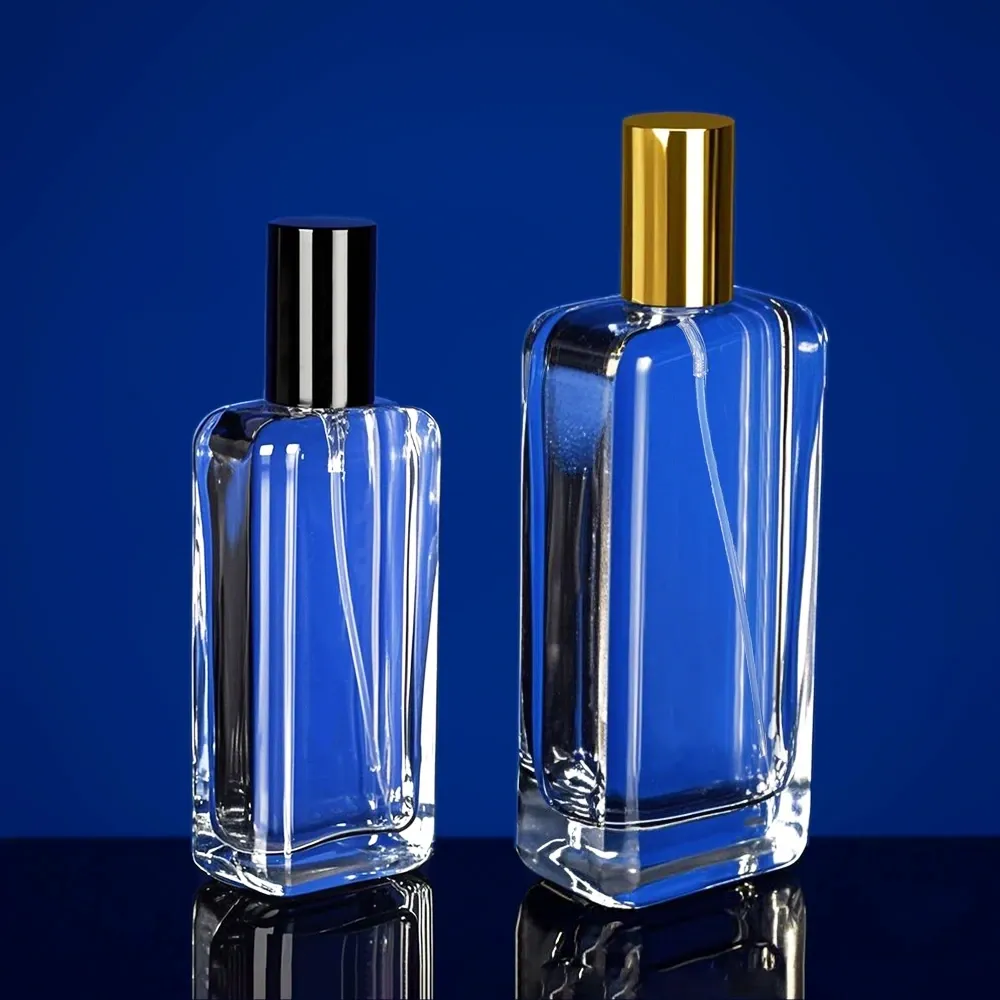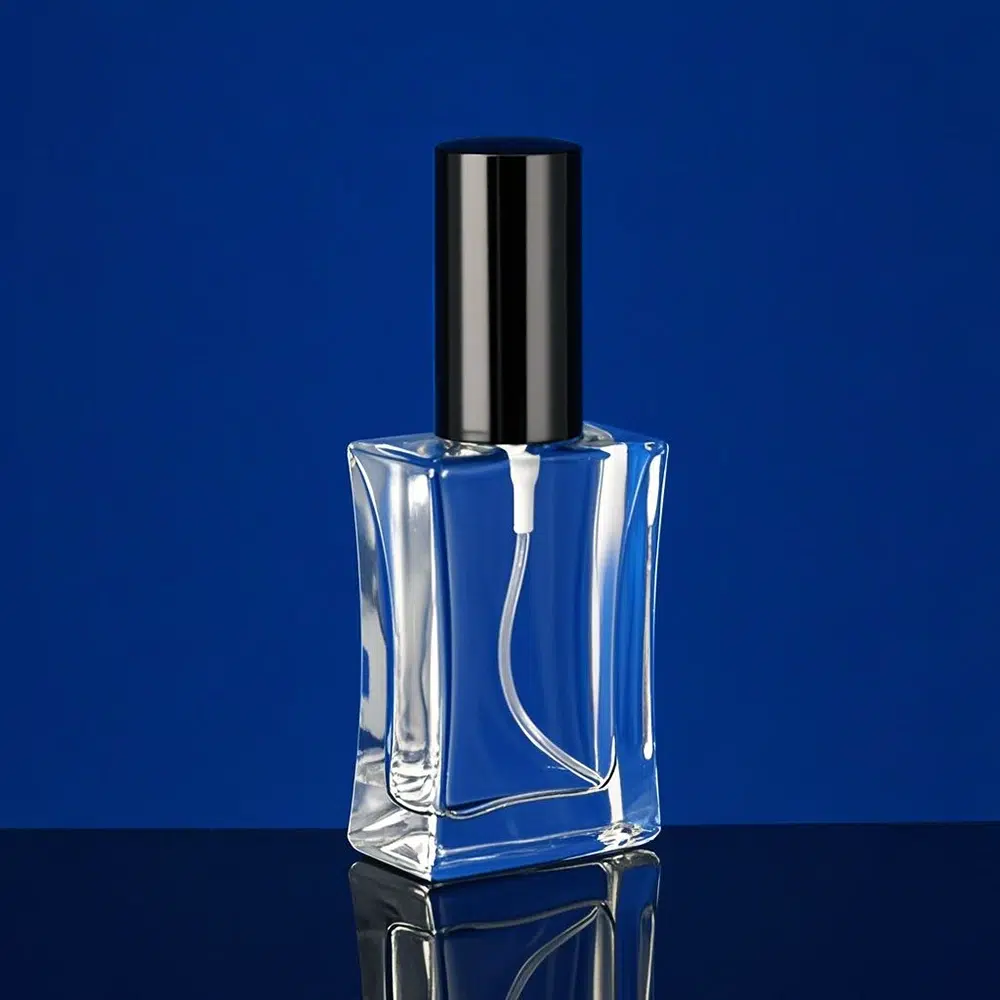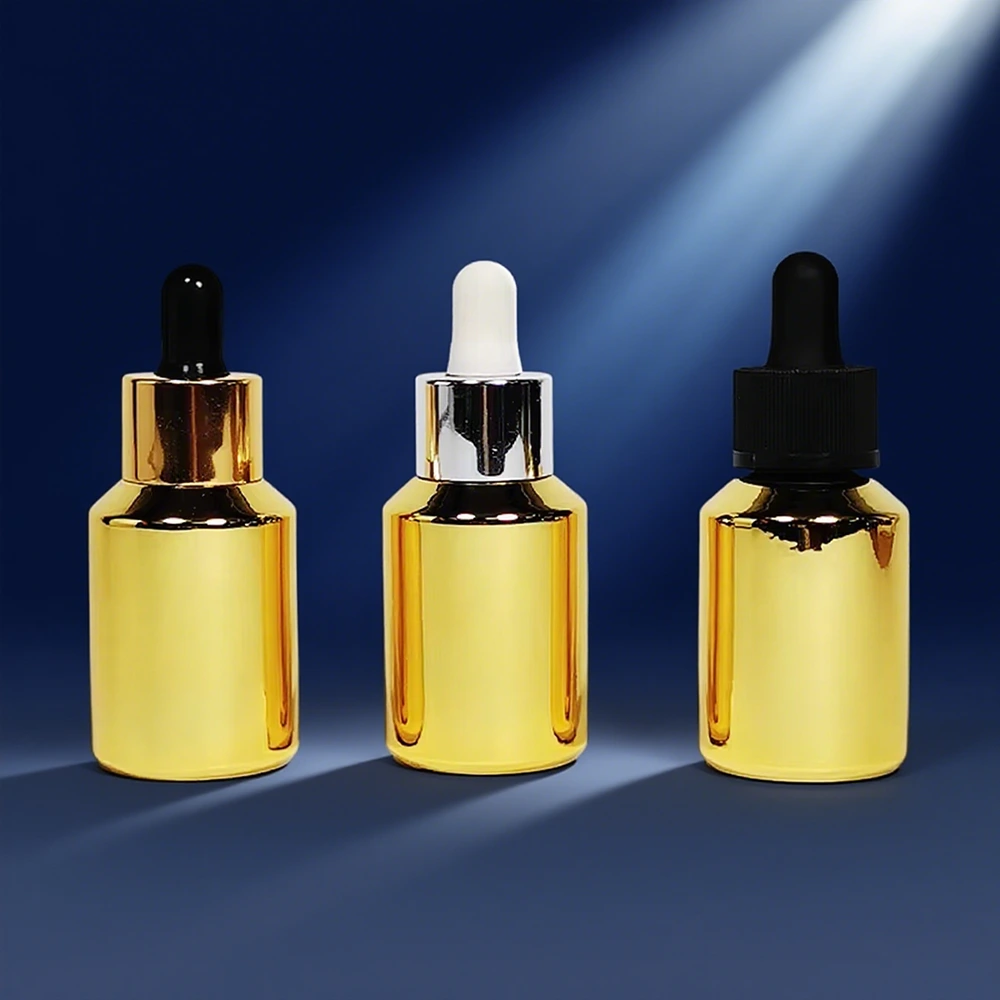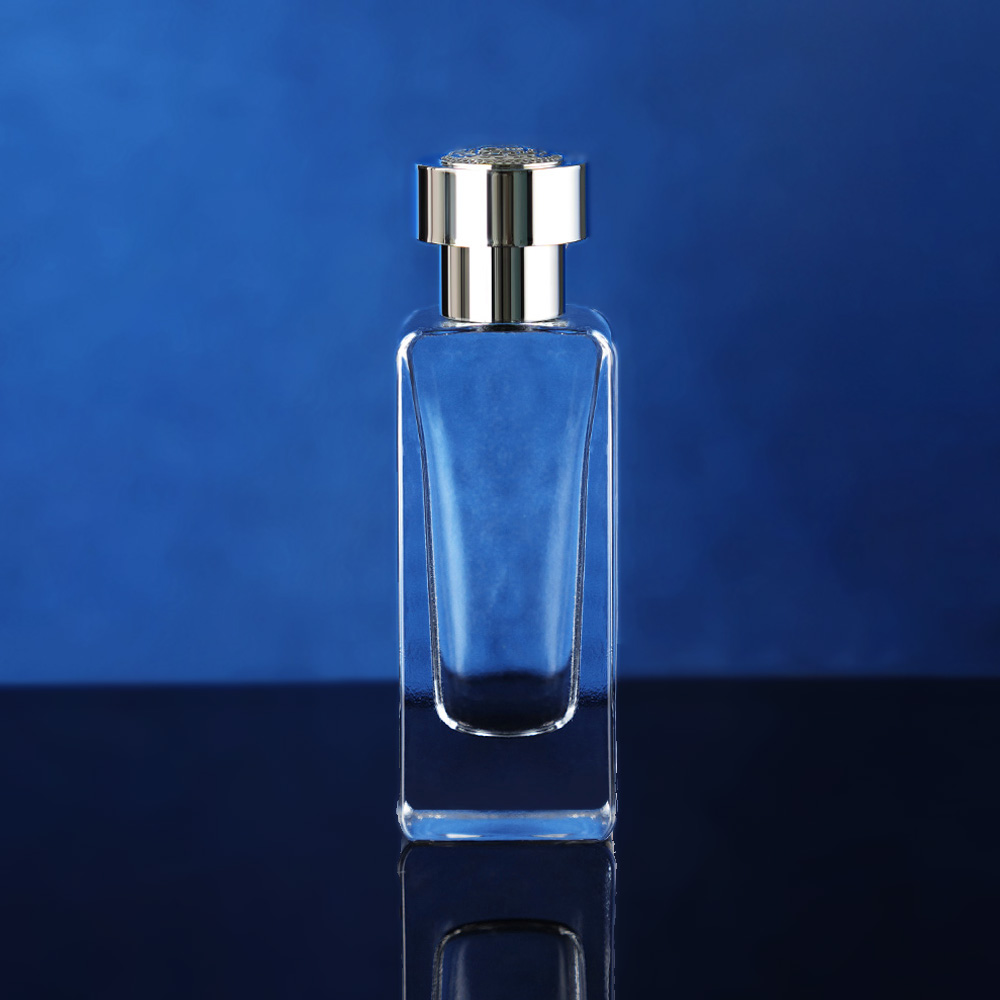
Metal or ceramic roller balls provide a cooling, de-puffing effect.
Mục Lục
Hydrating Lip Serums:
Rolling action evenly distributes product and enhances absorption. Vesseluxe Roll ons provide convenient, mess-free, portable relief for headache and muscle pain, using essential oils or therapeutic blends (e.g., Zandu Roll-On, Natura Bona’s Headache Relief Stick, Biofreeze).
3.3. Cuticle and Nail Oils
The roll-on format is ideal for hygienic, precise, mess-free application of cuticle and nail oils that promote healthy nails and cuticles (e.g., ROLL-X™ CUTICLE OIL, MiniLuxe’s Nourishing Cuticle Oil Rollerball). 3.4. Pet Care Products The pet care sector is adopting roll-ons for topical applications, such as CBD oil for precise, topical use on cats and dogs (e.g., Gaia Provides Pet Topical Roll-On CBD Oil).
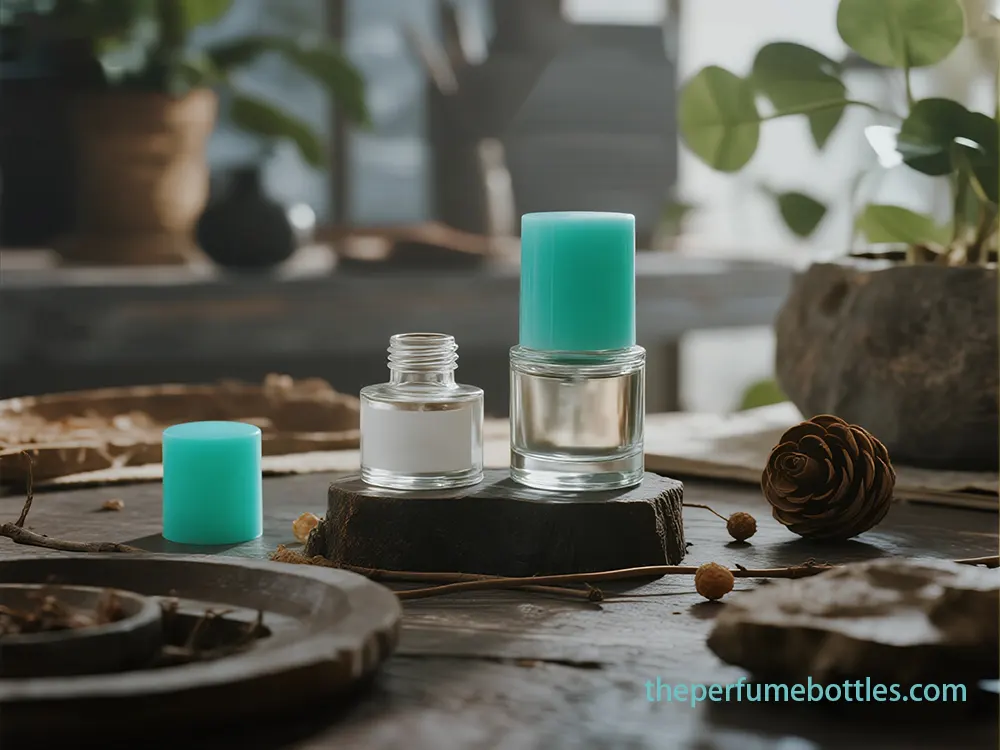
Nhận Miễn Phí Hộp Chai Thử
Using essential oils such as citronella and eucalyptus, along with roll-on applications that cater to active lifestyles, the natural insect repellent market is projected to witness significant growth (7.7% CAGR to US$ 6.5 billion by 2035).
3.6. Core Advantages Driving Adoption
- Roll-on Applicators provide fundamental benefits: Precision Targeting:
- Applies precise amounts to specific areas, reducing waste. Hands-Free & Hygienic Application:
- Prevents contamination, vital for skin care and healing. Portability & Travel-Friendliness:
Compact, leak-proof, and often TSA-compliant.
Reduced Mess:
- Reduces leakage compared to pour spout. Cooling Effect & Massage:
- Metal/ceramic roller balls provide a soothing sensation and increase absorption.Product Preservation:
Tight seal and airless system protect sensitive ingredients, extending shelf life.
Sustainability Potential: Many are refillable or reusable.
These expanded applications highlight the strategic value of roll-on packaging for effective, convenient and consumer-friendly solutions.
4. Precision and Convenience: The User Experience
- Thép không gỉ:4.1. Superior Portability and Travel-Friendliness
- Kính: 4.2. Precision and Controlled Dispensing
- Nhựa: 4.3. Enhanced User Experience Through Tactile Application and Hygiene
- Major to the necessary, beard and body oil, offer simplicity and ease of use. 4.4. Material and Design Features Impacting Functionality
The choice of material for ball and bottle affects integrity, functionality and aesthetics:
Roller Ball Materials:
Plastic for lotion, stainless steel for cooling/medicinal use, premium ceramic/glass for high-end skincare.
Bottle Materials:
Glass for chemical resistance and luxury, plastic for mild durability. Permanent options like bamboo are emerging.
Design Elements:
- Oblong shapes provide better grip; Durable, leak-proof metal cap enhances visual appeal. 4.5. Advantages Over Other Applicator Types
- Roll-ons provide different benefits:Vs. Sprays:
- Provide better precision, long -lasting safety (deodorants), low product loss, and gentlers on sensitive skin. Sprays provide quick, broad coverage. Vs. Droppers:
Excel, Mess-Free App and Quick Touch-Up in Portability. Droppers are preferred for accurate doses, fragrance layering, custom mixtures and coarse oils.
4.6. Diverse Lifestyle Segments and Preferences
Consumer segment prioritizes roll-on characteristics:
Busy Individuals & Travelers:
price portability, quick application, leak-proof design.
Fragrance Enthusiasts:
Choose roll-on for targeted application and longevity; Some prefer droppers for layering.
Health-Conscious & Eco-Friendly Consumers:
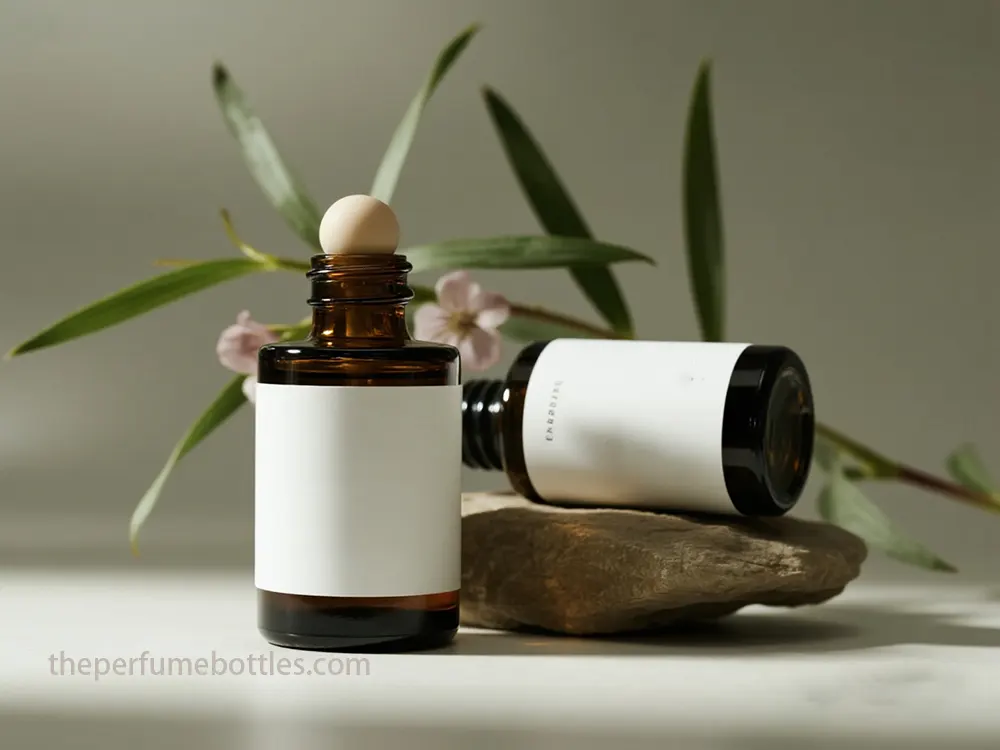
Nhận Miễn Phí Hộp Chai Thử
Medicinal/Therapeutic Users:
Profit from accurate and clean application for local treatment.
- 4.7. Aesthetic Design and Branding Smooth design, innovative texture, finish (frosted, metalization), and effective branding are important to attract consumers and separate products, affect purchasing decisions.
- 5. Market Dynamics and Future Growth The market of small glass roll on bottles is seeing a strong growth due to consumers’ preferences, technology and retail changes.
- 5.1. Current Market Landscape and Growth Drivers The global glass roller bottle market was US $ 1.5 billion in 2023, it is estimated to reach US $ 2.6 billion by 2032 (6.2% CAGR), some estimates. The broad roll-on market (glass and plastic) grows from 6.5–9.3% CAGR by 2033.
- Key driver: Convenience & Portability:
- Easy carrying, demanding solutions while moving. Controlled & Hygienic Application:
- Reduces accurate delivery waste and ensures hygiene use. Sustainability Preferences:
- Strong demand for recyclable/reusable glass, accounting for ~30% of glass bottle market growth. Dominant Application Segments:
Cosmetics, Personal Care (perfume, deodorant – USD 7.15B in 2024, 6.14% CAGR to USD 12.22b), pharmaceuticals, and aromatherapy.
Emerging Medical Applications:
Roll-ons for vaccine production and gene therapy is estimated to reach USD 130 million by 2031 (9.3% CAGR).
5.2. Geographical Market Leadership and Manufacturing Hubs
North America is driven by high demand for essential oils and personal care, and a focus on sustainable packaging. Asia-Pacific is the fastest growing region, driven by urbanization, rising incomes, and its role as a manufacturing hub (e.g., China dominates roll-on bottle manufacturing with specialized industrial clusters).
5.3. Future Trends and Emerging Technologies
Significant developments will occur in the next 5-10 years:
Sustainable Content Innovation
Shift towards eco-friendly materials:
Recycled Plastics:
Increased use of RPET and PCR.
- Plant-Based & Biodegradable Materials: Exploring Plant-Based Plastics, Paper, Mycelium and Seaweed.
- Mono-material Packaging: Simplifies recycling.
- Its recyclability and continued preference for luxury, projected to grow at 8.8% CAGR through 2033. Advanced Delivery System
Innovations for increased efficiency and hygiene:
Dual-Roller Systems:
- For larger coverage. With removable rollerball, for stability.
- Antibacterial Materials: For Medicinal Formulations.
Rollerball Cooling Technology:
For skincare benefits.
- Airless Roll-on Systems: Combines hygienic dispensing with oxygen-free storage for sensitive formulations. Alpla has optimized the roll-on deodorant for leak-proof performance and reduction in ingredients.
- Smart Packaging Integration Digital technologies for interactive tools:
- QR Codes:Cost-effective access to product information, marketing, traceability.
- NFC:Premium, seamless experience with anti-counterfeiting, used in high-end cosmetics.
RFID Chips:
mainly for supply chain logistics.
IoT Integration:
Real-time tracking, condition monitoring, data sharing for supply chain transparency and consumer engagement.
Speculative Technologies:
Usage tracking, reminders, adaptive delivery.
Aesthetic and Experiential Design Trend
- s Focus on emotional engagement and user experience:
- Clean lines, neutral palettes. Personalization:
- Customized Design, Digital Printing.Luxury Appeal:
- Iridescent tinted glass, bamboo finish, metal caps. Crucial for Brand Differentiation.
- Impact on manufacturing and supply chains Technology will revolutionize operations:
AI & Automation:
AI-powered design, production optimization, quality control, and robotic packaging for efficiency and waste reduction.
Rapid prototyping, customized designs, on-demand production for SKU proliferation.
E-commerce Optimization:
Packaging designed for logistics efficiency, damage reduction, and direct consumer engagement.
5.4. Consumer Expectations and Market Reshaping
- Consumers prefer features, personalization, health, strength and especially stability (74% consider sustainable packaging). They hope that the packaging will provide experience, reflect values and provide interactive digital content. Brands adopting again, compostable, compostable and smart packaging will have a competitive lead. There will be an increase in demand for SKU proliferation and rapid manufacturing in the market. 6. Sustainability and Responsible Packaging
- The environmental footprint of roll-on bottles is under investigation, driving innovation. Glass provides benefits, but the entire life cycle, including recycling and consumer behavior, is important for circular. 6.1. Inherent Recyclability and Recycled Content of Glass
- Glass is a 100% recycled without quality loss indefinitely, causing it to become highly durable. New glass containers often have 70% recycled glass, some reach 95%. Glass glass decreases significantly. 6.2. Challenges in Glass Recycling
- Kính: Glass breakdown in single-stream system contaminates other recycles, causing landfill disposal.
Weight & Transportation:
Weight of glass increases transportation costs and environmental impact.
- Public Awareness: Lack of awareness hinders effective recycling participation.
- Thiết kế có thể nạp lại:Consumer interest in refillable beauty products is increasing; Last year, 59% of French female cosmetics consumers purchased refills, motivated by environmental impact (70%), savings (64%), and convenience (39%). Sales of refills for makeup increased 364% in 2022.
- 6.4. Consumer Willingness and Barriers to Refill Program Participation While 79.3% of consumers value sustainability, only 23.4% actively use refillable skin care, and very few for serums (5%) or perfumes (<1%). Barriers include difficulty finding alternatives (50.6%), unavailability from preferred brands (36.8%), contamination concerns (31%), and doubts about actual sustainability (17%). Incentives for adoption include proof of effectiveness (34%), competitive pricing (34%), and availability from preferred brands (43%).
- 6.5. Lifecycle Assessment (LCA) Comparisons: Glass vs. Plastic LCAs show different results. Plastic bottles often have a lower environmental impact in categories such as emissions and energy due to reductions in material, manufacturing, and distribution impacts (e.g., 78.7% weight reduction). However, glass can be recycled indefinitely, unlike plastic, which degrades after 2–3 cycles, making glass potentially more sustainable in a closed-loop, high-reuse system.
- 6.6. Best Practices for Circular Economy Models Successful spherical models of glass prefer reuse. Companies like Rewine achieve re -use of 85% bottle by encouraging returns, and Sustainable Wine Solutions has reduced carbon footprint with bottle returns scheme by 95%. This requires strong consumer participation and infrastructure.
6.6. Regulatory Pressures and Incentives
Governments are implementing rules for sustainable packaging, including mandates, single-use plastic restrictions and extended manufacturer responsibility (EPR) programs. PPWR of the European Union goal the target harmonious reusing system, deposit withdrawal plans, ambitious recycling target (75%for glass), and waste cut targets, including restrictions on small single-use cosmetic products in housing by 2030.
- 6.7. Demographics Driving Refillable Beauty MarketEnvironmental conscious millennium (73% sustainable brands prefer) and Jane Z (75% of habits for environmental impact) run refillable beauty markets. While women are majority, men show increasing interest in gender-plate systems. High -income consumers are keen to invest in premium durable products.
- 7. Conclusion: The Future of Versatile Packaging Small glass roll on bottles are a dynamic and impactful packaging solution. Their chemical inertness, UV protection (particularly borosilicate and amber glass), and various roller ball materials ensure accuracy and product integrity. Their applications have expanded beyond essential oils to skin care, pain relief, nail care, pet products, and natural insect repellents, demonstrating remarkable versatility.
- User experience defined by better portability, controlled delivery and clean application remains a key driver. As market dynamics evolve with the demand for convenience, personalization and sustainability, roll-on bottles are poised for continued growth. Future innovations, including advanced delivery mechanisms, smart packaging integration and sustainable materials, will strengthen their position in responsible packaging. At Vesseluxe, we envision packaging that is functional, aesthetic, eco-conscious and adaptable. The small glass roll-on bottles epitomize this approach, blending tradition and innovation to shape the future of the industry in versatile and sustainable packaging.
- IoT Integration: Real-time tracking, condition monitoring, data sharing for supply chain transparency and consumer engagement.
- Speculative Technologies: Usage tracking, reminders, adaptive delivery.
Aesthetic and Experiential Design Trends
Focus on emotional engagement and user experience:
- Engraving emphasizes craftsmanship, aligning with praise of luxury consumers for artistry/expansion. It strengthens the brand heritage through traditional techniques or motifs. Clean lines, neutral palettes.
- Personalization: Customized Design, Digital Printing.
- Luxury Appeal: Iridescent tinted glass, bamboo finish, metal caps.
- Trải nghiệm mở hộp: Crucial for Brand Differentiation.
Impact on manufacturing and supply chains
Technology will revolutionize operations:
- AI & Automation:AI-powered design, production optimization, quality control, and robotic packaging for efficiency and waste reduction.
- In 3D: Rapid prototyping, customized designs, on-demand production for SKU proliferation.
- E-commerce Optimization: Packaging designed for logistics efficiency, damage reduction, and direct consumer engagement.
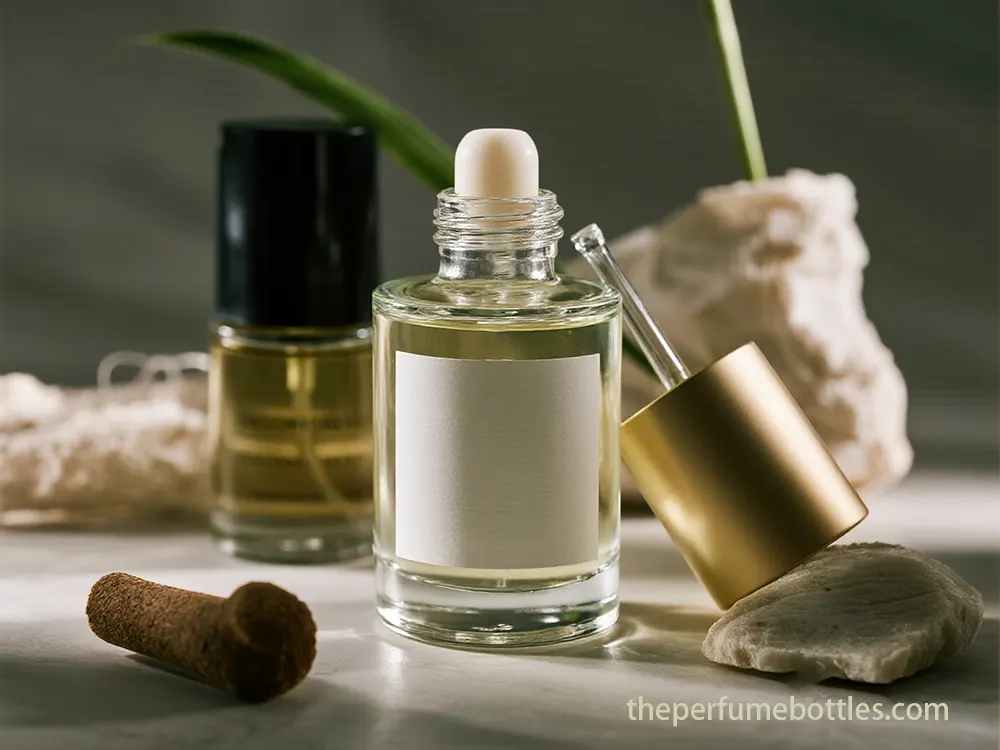
Nhận Miễn Phí Hộp Chai Thử
5.4. Consumer Expectations and Market Reshaping
Consumers prefer features, personalization, health, strength and especially stability (74% consider sustainable packaging). They hope that the packaging will provide experience, reflect values and provide interactive digital content. Brands adopting again, compostable, compostable and smart packaging will have a competitive lead. There will be an increase in demand for SKU proliferation and rapid manufacturing in the market.
6. Sustainability and Responsible Packaging
The environmental footprint of roll-on bottles is under investigation, driving innovation. Glass provides benefits, but the entire life cycle, including recycling and consumer behavior, is important for circular.
6.1. Inherent Recyclability and Recycled Content of Glass
Glass is a 100% recycled without quality loss indefinitely, causing it to become highly durable. New glass containers often have 70% recycled glass, some reach 95%. Glass glass decreases significantly.
6.2. Challenges in Glass Recycling
Despite recycling, challenges exist:
- Lây nhiễm: Glass breakdown in single-stream system contaminates other recycles, causing landfill disposal.
- Weight & Transportation: Weight of glass increases transportation costs and environmental impact.
- Public Awareness: Lack of awareness hinders effective recycling participation.
6.3. Prevalence and Success Rates of Refill Programs
Consumer interest in refillable beauty products is increasing; Last year, 59% of French female cosmetics consumers purchased refills, motivated by environmental impact (70%), savings (64%), and convenience (39%). Sales of refills for makeup increased 364% in 2022.
6.4. Consumer Willingness and Barriers to Refill Program Participation
While 79.3% of consumers value sustainability, only 23.4% actively use refillable skin care, and very few for serums (5%) or perfumes (<1%). Barriers include difficulty finding alternatives (50.6%), unavailability from preferred brands (36.8%), contamination concerns (31%), and doubts about actual sustainability (17%). Incentives for adoption include proof of effectiveness (34%), competitive pricing (34%), and availability from preferred brands (43%).
6.5. Lifecycle Assessment (LCA) Comparisons: Glass vs. Plastic
LCAs show different results. Plastic bottles often have a lower environmental impact in categories such as emissions and energy due to reductions in material, manufacturing, and distribution impacts (e.g., 78.7% weight reduction). However, glass can be recycled indefinitely, unlike plastic, which degrades after 2–3 cycles, making glass potentially more sustainable in a closed-loop, high-reuse system.
6.6. Best Practices for Circular Economy Models
Successful spherical models of glass prefer reuse. Companies like Rewine achieve re -use of 85% bottle by encouraging returns, and Sustainable Wine Solutions has reduced carbon footprint with bottle returns scheme by 95%. This requires strong consumer participation and infrastructure.
6.6. Regulatory Pressures and Incentives
Governments are implementing rules for sustainable packaging, including mandates, single-use plastic restrictions and extended manufacturer responsibility (EPR) programs. PPWR of the European Union goal the target harmonious reusing system, deposit withdrawal plans, ambitious recycling target (75%for glass), and waste cut targets, including restrictions on small single-use cosmetic products in housing by 2030.
6.7. Demographics Driving Refillable Beauty Market
Environmental conscious millennium (73% sustainable brands prefer) and Jane Z (75% of habits for environmental impact) run refillable beauty markets. While women are majority, men show increasing interest in gender-plate systems. High -income consumers are keen to invest in premium durable products.
7. Conclusion: The Future of Versatile Packaging
Small glass roll on bottles are a dynamic and impactful packaging solution. Their chemical inertness, UV protection (particularly borosilicate and amber glass), and various roller ball materials ensure accuracy and product integrity. Their applications have expanded beyond essential oils to skin care, pain relief, nail care, pet products, and natural insect repellents, demonstrating remarkable versatility.
User experience defined by better portability, controlled delivery and clean application remains a key driver. As market dynamics evolve with the demand for convenience, personalization and sustainability, roll-on bottles are poised for continued growth. Future innovations, including advanced delivery mechanisms, smart packaging integration and sustainable materials, will strengthen their position in responsible packaging.
At Vesseluxe, we envision packaging that is functional, aesthetic, eco-conscious and adaptable. The small glass roll-on bottles epitomize this approach, blending tradition and innovation to shape the future of the industry in versatile and sustainable packaging.
Bình luận
Các danh mục sản phẩm
Chai bán chạy
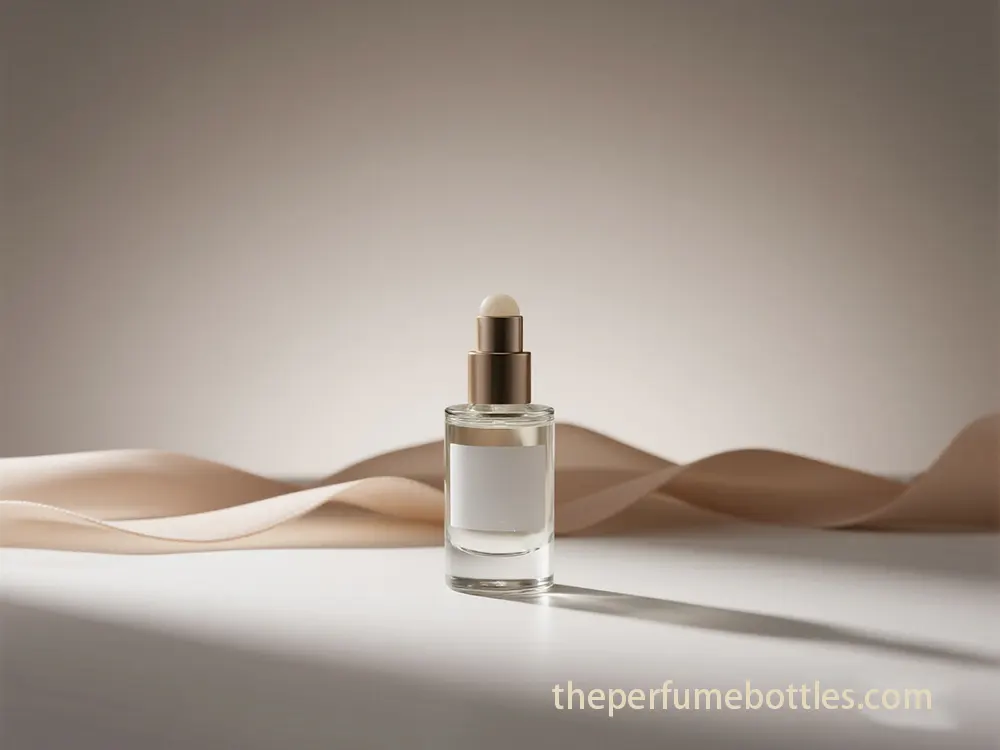
Cuộn trống trên chai nước hoa – Kỹ thuật để đảm bảo tính toàn vẹn của sản phẩm và hiệu suất chống rò rỉ
Khám phá cách cuộn trống trên chai nước hoa đảm bảo tính toàn vẹn và hiệu suất chống rò rỉ với vật liệu tiên tiến, kỹ thuật chế tạo chính xác và khép kín thông minh.
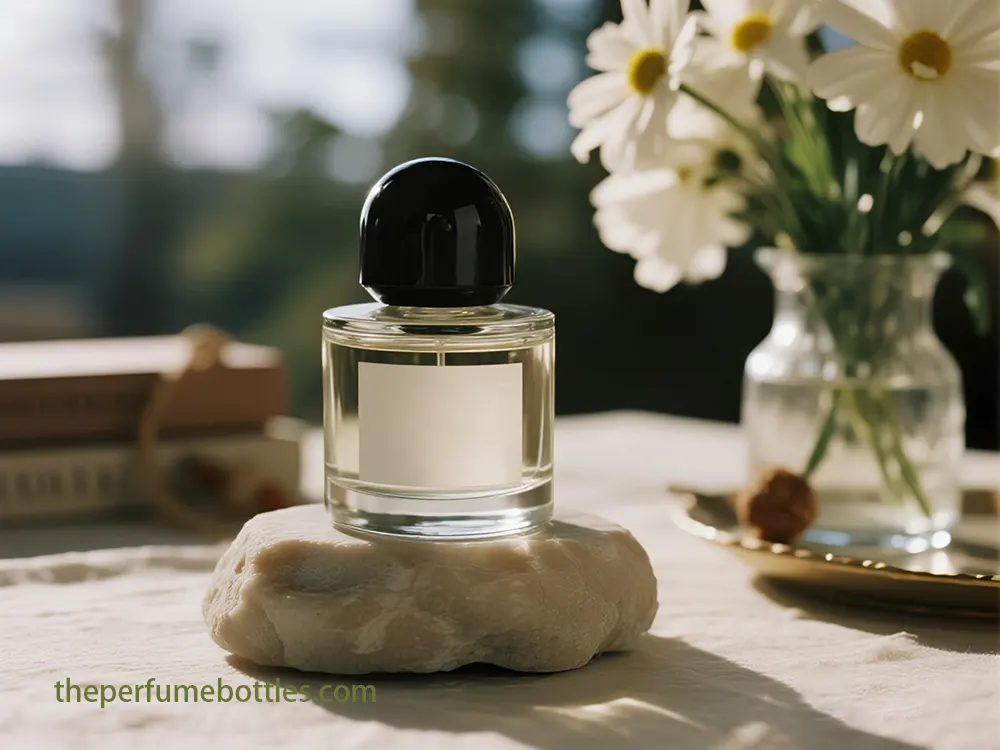
Case Study: Customized Perfume Bottle for a Luxury Swiss Fragrance Brand
Customized perfume bottle with engraving, metallic finishes, and gradient sprays—crafted by
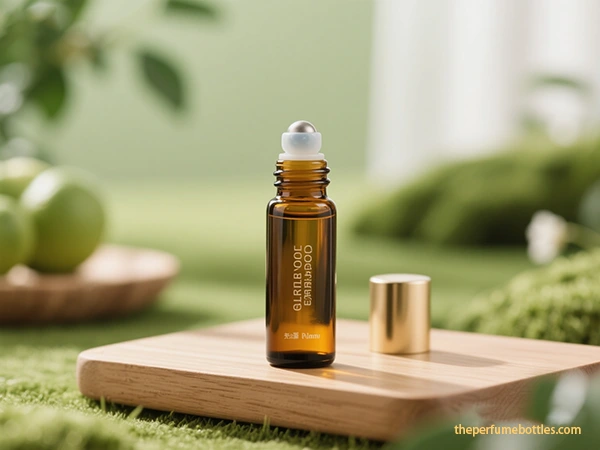
Nghiên cứu trường hợp: Chai lọ tinh dầu massage cho khách hàng chăm sóc da Ý
Khám phá cách chúng tôi thiết kế chai lọ tinh dầu massage cho khách hàng Ý—hoàn hảo cho cung cấp hàng số lượng lớn, nhãn riêng và giải pháp đóng gói B2B.
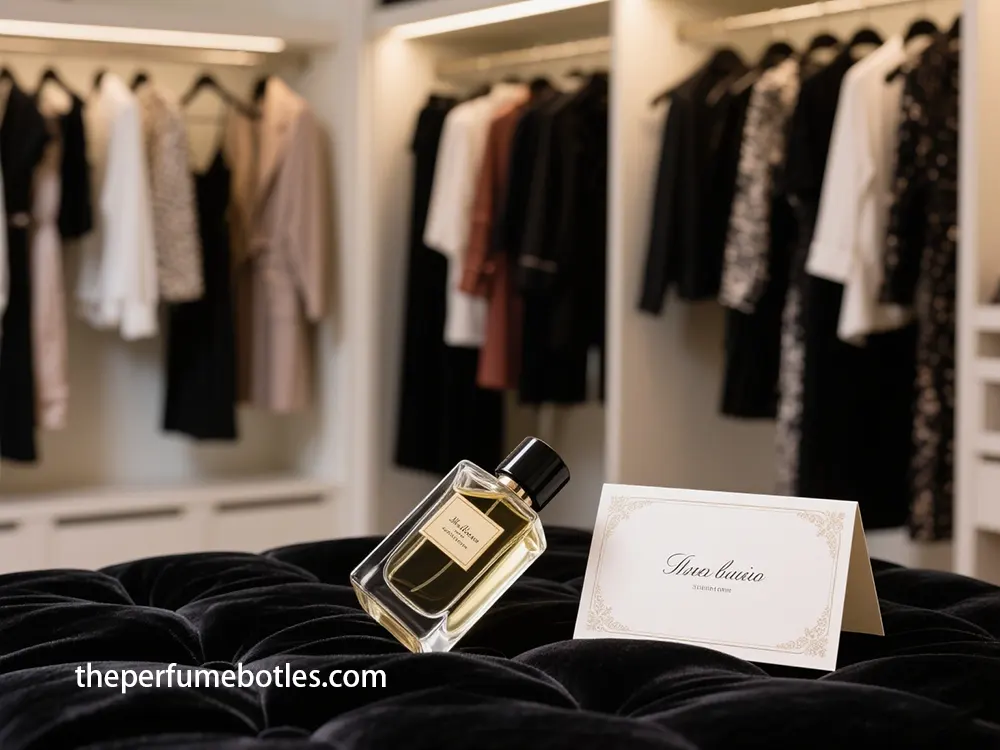
Chai Nước Hoa Số Lượng Lớn: Một Yêu Cầu Chiến Lược Cho Sự Khác Biệt Thương Hiệu
Khám phá các tùy chọn tùy chỉnh toàn diện cho chai thơm số lượng lớn, bao gồm các yếu tố thiết kế, tác động của dung tích/ngân sách.
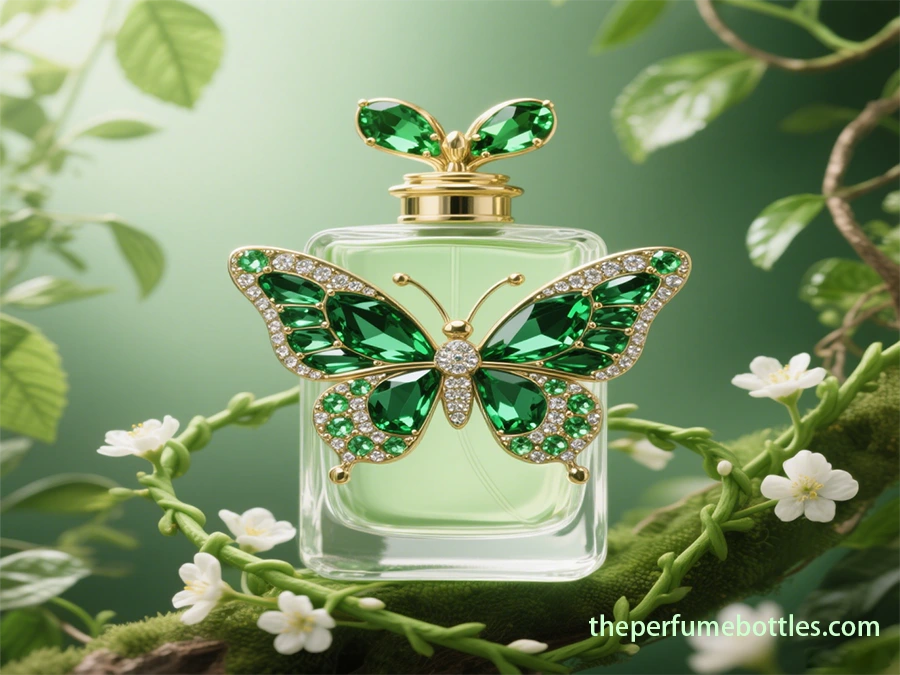
Hướng dẫn thiết kế và sản xuất lọ nước hoa dạng bướm
Khám phá nghệ thuật thiết kế lọ nước hoa dạng bướm, xu hướng và vật liệu. Mẹo sản xuất B2B chuyên nghiệp cho bao bì nước hoa độc đáo, nổi bật thu hút.
- +86 186 5178 1159
- [email protected]
- Thứ Hai - Thứ Bảy 07:00-21:00
Thẻ
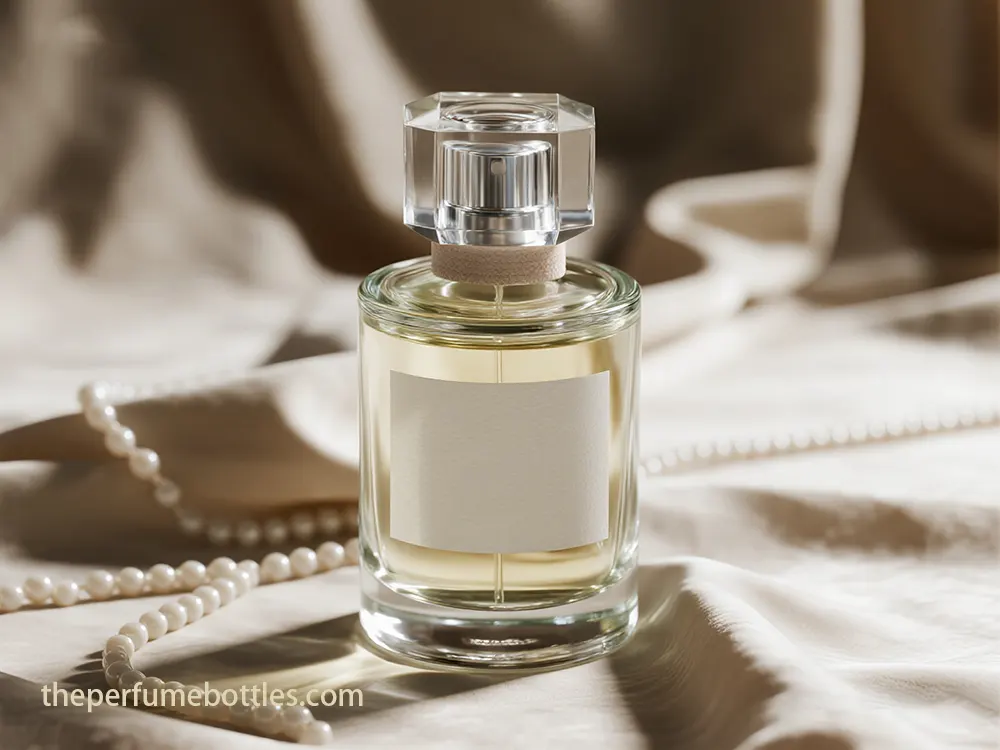
Case Study: Custom Engraved Perfume Bottles for Swiss Clients
custom engraved perfume bottles crafted with precision—consistent depth, sharp detail, and flawless

Eye Serums:
Allow direct application without spreading bacteria, popular for ease of use and travel.
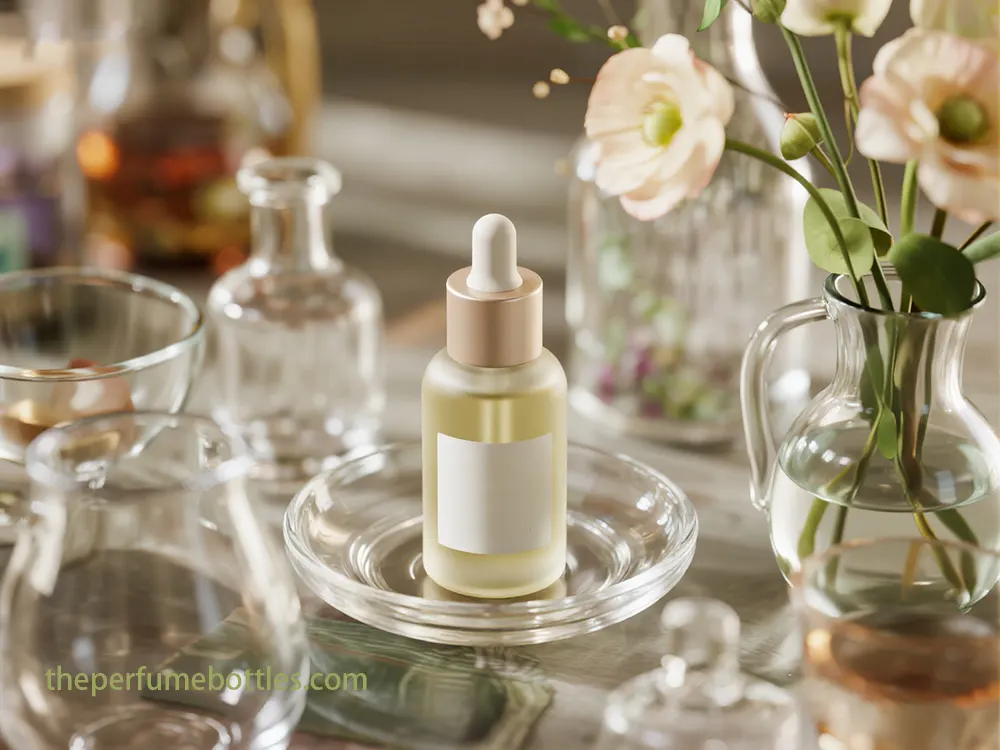
Specific production lead time from international suppliers, especially in China, usually ranges from 15 to 35 days after sample approval, except for international shipping time. The sample time is short, usually 2 to 10 days. This is rapidly contradictory with domestic suppliers such as SKS Bottle & Packaging (USA), which orders for a business day, or Ampulla (UK). Foreign suppliers vs. rapid turnarounds and reduced inventory holding costs from local providers.
To reduce supply chain risks, including potential reduction and quality anomalies, startups should cultivate relationships with many suppliers. Diversification for both essential oils and packaging components enhances operating flexibility.
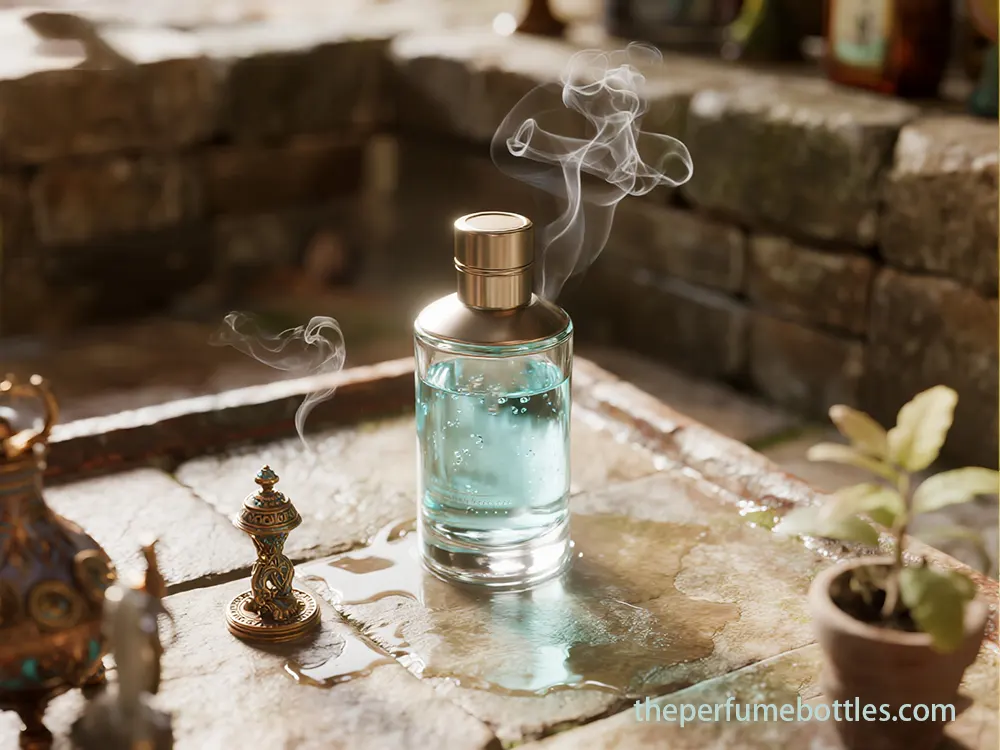
Case Study: Customized Bottle of Essential Oil for California Clients
Discover how Vesseluxe created custom bottle of essential oil balancing UV protection and elegance

